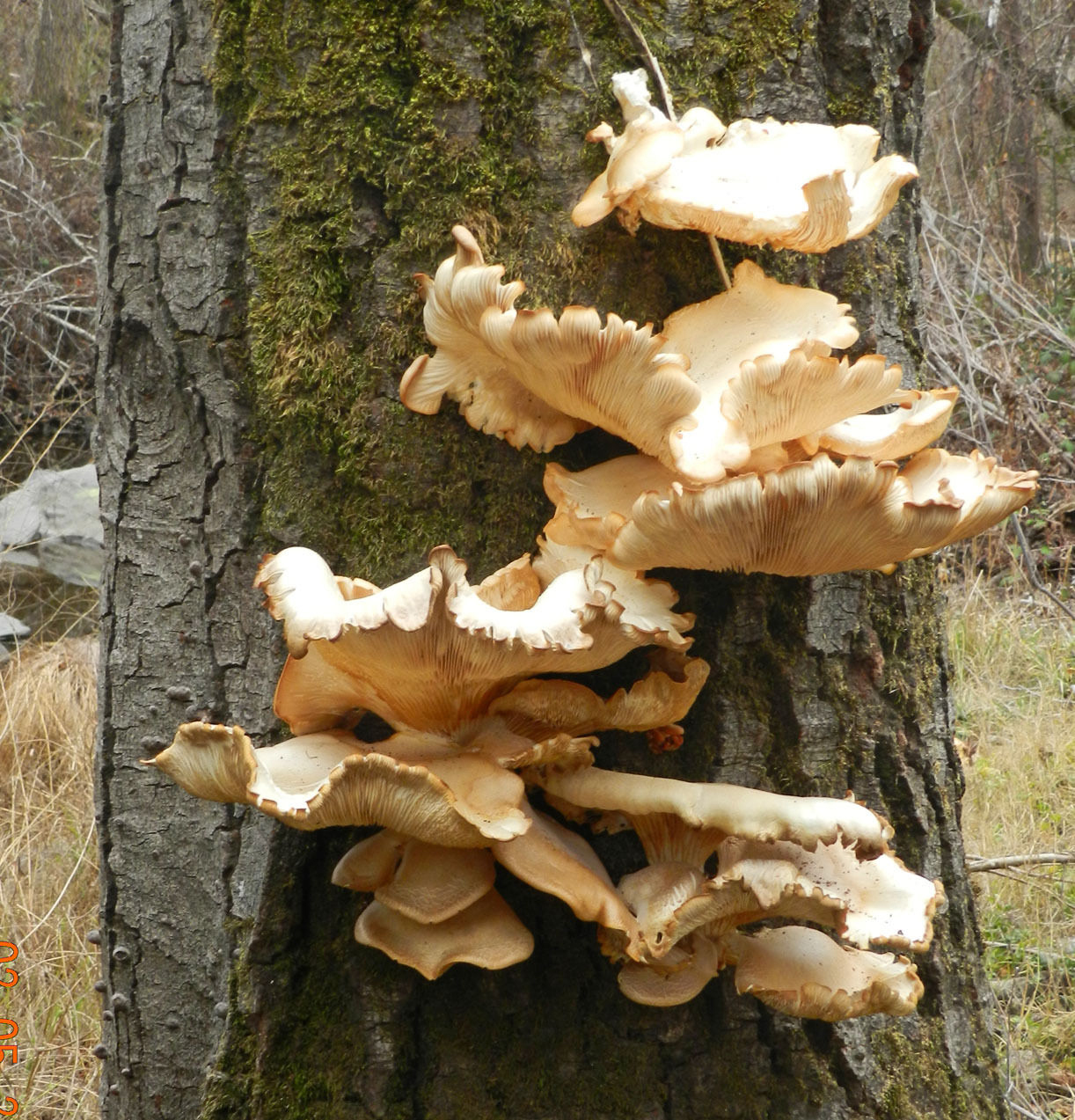

Estimated annual production (fresh weight) and production per week per grower of oyster mushrooms ( Pleurotus spp.) in the United States, 1998-2002. Oyster mushrooms accounted for 14.2 percent (875,600 tons) of the total world production (6,161,000 tons) of edible mushrooms in 1997, the most recent year for which statistics were available. This increase reflects an international trend toward increased production of this crop. The production of oyster mushrooms ( Pleurotus spp.) in the United States has increased at an annual rate of 14 percent during the last 6 years, from 1,941,000 pounds in 1996 to 4,265,000 in 2002. Average oyster mushroom output per farm in- creased 249 pounds (18.3 percent) per week, from 1,359 pounds in 2001 to 1,608 pounds in 2002 (Table 3).
#OYSTER MUSHROOM PRIMORDIA PLUS#
Total production includes all fresh market and processing sales plus amount harvested but not sold (shrinkage, cullage, dumped, etc.). Sales volume of oyster mushrooms, at 4.03 million pounds, was up 11 percent from the 2000-2001 season, with a total of 51 growers producing 4.27 million pounds of the mushrooms in the 2001-2002 season. The average price per pound for specialty mushrooms received by growers, at $2.77, was down $0.27 from the previous season. The value of the 2001-2002 specialty mushroom crop in the United States amounted to $37 million, down 12 percent from the 2000-2001 season.

bisporus accounted for over 90 percent of total mushroom production value, while Lentinula, Pleurotus, Grifola, Flammulina, Hypsizygus, Hericium, and Morchella were the main specialty genera cultivated. Countryįrom 2001 to 2002, the United States produced 393,197 metric tons of mushrooms, or about 7 percent of the total world supply. Estimated production (fresh weight) of oyster mushrooms (Pleurotus spp.) in some countries and regions in 1997. China also produces more than 85 percent of all oyster mushrooms ( Pleurotus spp.) grown worldwide (Table 2). The People's Republic of China is the major producer of edible mushrooms, producing about 3,918,300 tons each year-or about 64 percent of the world's total. By 1997, only 32 percent of world production was A. Speciesĭuring the 1979 production year, the button mushroom, Agaricus bisporus, accounted for over 70 percent of the world's supply. World production of cultivated edible mushrooms in 19. A considerable shift has occurred in the composite of genera that constitute the mushroom supply. The bulk of this increase has occurred during the last 15 years. Total mushroom production worldwide has increased more than 18-fold in the last 32 years, from about 350,000 metric tons in 1965 to about 6,160,800 metric tons in 1997 (Table 1).


 0 kommentar(er)
0 kommentar(er)
